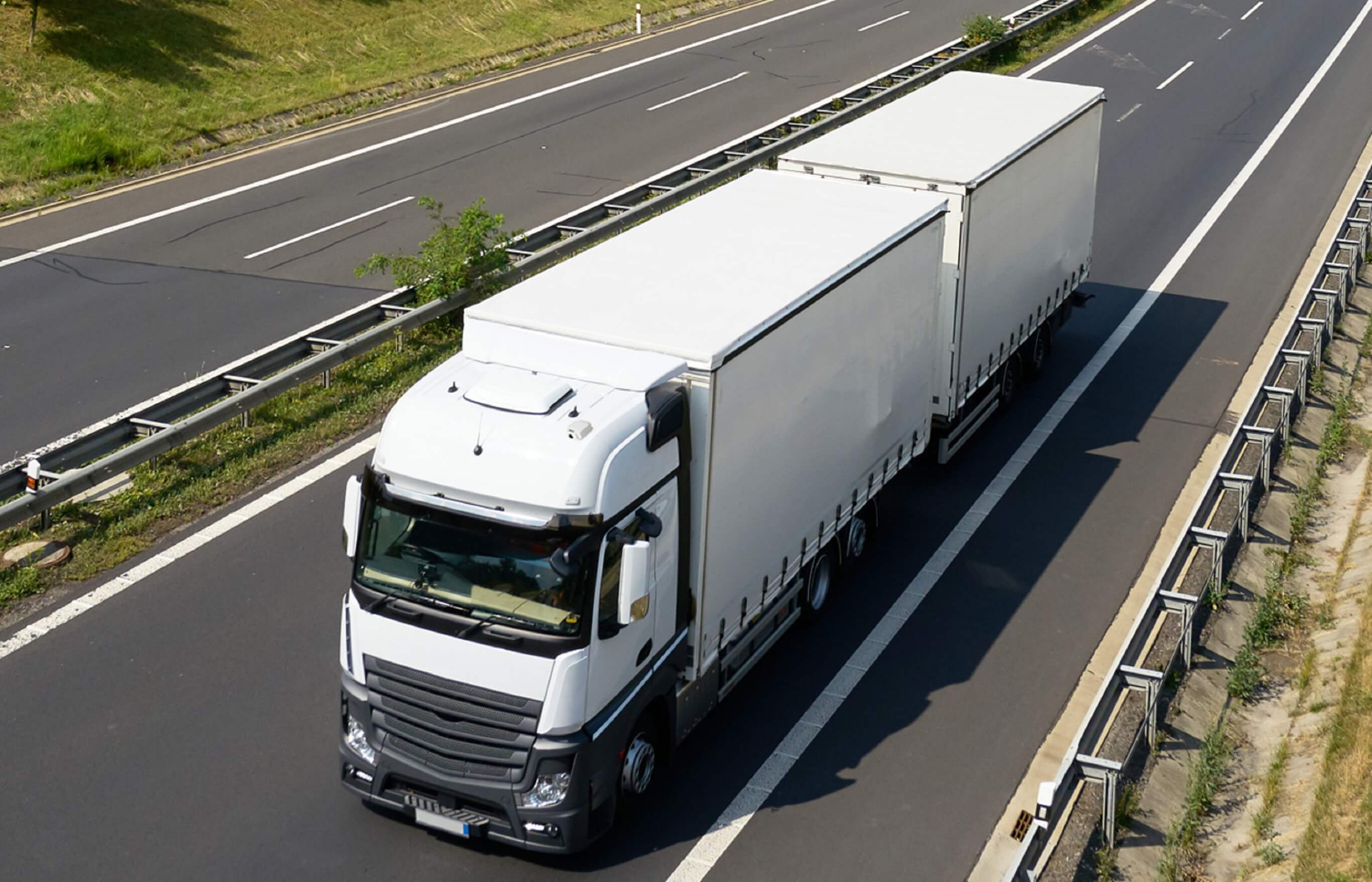Insight | Supporting the global cold chain
Supporting the global cold chain
Enterprise
Sector Development Director Steven Tompkins on how satellite communications can help protect the safe supply of COVID-19 vaccines.
The past few weeks have heralded what many of us have been waiting for to help us get back to some sense of normality – a vaccine breakthrough. Following preliminary results that COVID-19 vaccines being developed by Pfizer-BioNTech and Moderna are up to 90% and 94.5% effective respectively and encouraging trial findings for the Oxford vaccine, global stock markets have surged and there is a renewed sense that an end to the pandemic is in sight.
However, with much of the focus so far being placed on rapidly developing, testing and manufacturing a vaccine, the distribution side has been a relatively unexplored debate.
Why is distribution of a vaccine important?
It is a well-known fact that to ensure both the efficacy and safety of vaccines and many other pharmaceutical products, they need to be kept at a specific temperature in an unbroken and continuous ‘cold chain’ from the manufacturer to the point of use. In fact, Pfizer-BioNTech has said that its vaccine would require ultra-cold storage at -70°C. Yet, according to the World Health Organization, about half of the vaccines distributed around the world each year are spoiled, principally because of a failure to regulate storage temperatures.
Vaccines have to go from manufacturing to shipping facilities, to lorries, to hospitals and pharmacies and, eventually, into people – all the while ensuring that specific temperature ranges are maintained. There is a lot that can go wrong here and every time a vaccine is transported further down the chain, another risk is introduced.
This issue is compounded by the fact that a large proportion of the world’s population lives in rural and inaccessible areas with limited access to basic infrastructure and equipment. In these areas, vaccines and other medicines are often transported via health workers travelling by car, or even on foot during humanitarian disaster response efforts. This means that they are likely to store vaccines in a small fridge or backpack with ice packs, often making it difficult to see the conditions that products are being stored in, as well as compromising the traceability and security of the entire cold chain system.
"The success of any vaccine rollout will depend on ensuring a robust global cold chain system"
Establishing a robust global cold chain system
One thing that we have learned from COVID-19 is that an outbreak in one country, anywhere in the world, can quickly become global. This means that the success of any vaccine rollout will depend on ensuring a robust global cold chain system, guaranteeing the delivery of temperature-controlled vaccines to every corner of the world.
Despite these challenges, technological advancements that weren’t available five years ago are helping create more robust cold chain systems. In particular, the development of internet-connected cold chain sensors – compact devices that can be placed inside transport devices and freezers and continuously transmit data relating to storage temperature – mean that conditions can now be monitored at nearly every stage of the cold chain.
Consistent connectivity is critical for gaining this visibility, as without it temperature fluctuations could go undetected, leading to spoilage. However, this has historically been problematic in the remote and isolated areas described above, as these are regions that have either limited or no access to terrestrial communication networks.
How satellite comms can make a huge difference
This is where satellite communications can make a huge difference and help strengthen the global cold chain system for generations to come. Satellite’s unique capabilities in global reach – especially when using a single global network – and the redundancy it offers ensure that the supply chain is never broken through a failure in its connectivity backbone.
Crucially, this ubiquitous connectivity not only ensures that data can be extracted on products wherever they are in storage or transit, but also provides the tools needed to track and trace entire cold chains. In the context of COVID-19, this real-time monitoring capability means that vaccine quality and traceability through to point of delivery can be guaranteed no matter what corner of the planet the vaccine needs to be transported, as well as helping to manage security risks and quickly address any problems in the system.
While many other challenges persist outside of monitoring cold chains – such as ensuring widespread access to ultra-cold freezers and the supply of equipment – satellite connectivity is poised to play a key role in enabling global real-time monitoring of cold chains now and in the future.
About the author
Steven Tompkins is Director of Agriculture and Rail for Inmarsat Enterprise. He is responsible for using Inmarsat’s world leading mobile satellite communications and IoT capability to enable practical solutions which drive productivity, efficiency and safety across agriculture and rail. Steven has extensive commercial experience consulting for large private and public sector organisations within agriculture and downstream supply chains including multinational agri-food companies and the bodies of the European Union. He joined Inmarsat from a leading research organisation in the UK (NIAB) in which he successfully commercialised new science and knowledge into practical tools such as precision water management technologies for the agriculture and associated sectors.


